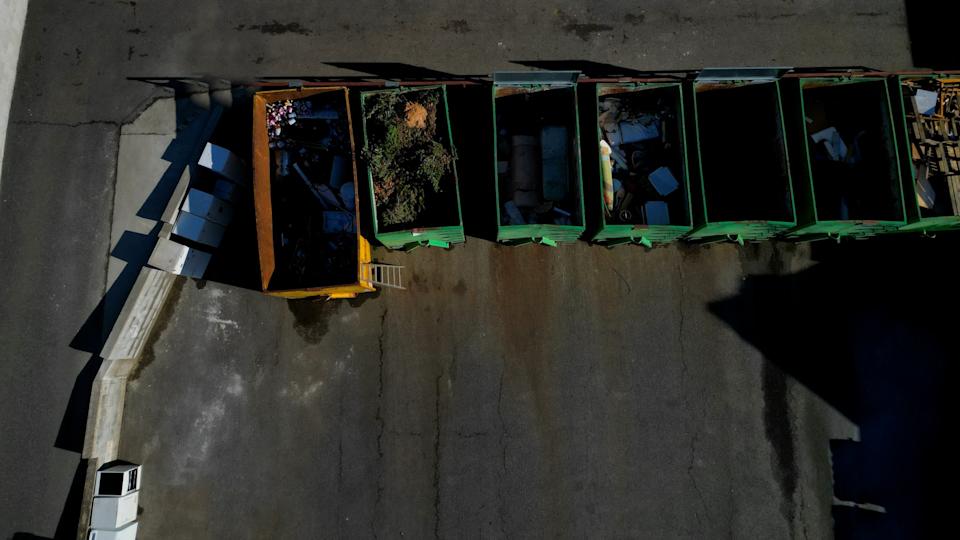The European Union took an eco-friendly step this year and outlawed throwing away textiles. As a result, tons of clothes are being recycled or donated instead.
Unfortunately, the recycling system and thrift stores in Sweden are struggling to manage the spike, according to an Agence France-Presse article shared on Phys.org.
What’s happening?
Before the law was passed, trashed garments in the EU were burned, which can mean nasty things for the air we breathe.
More of the pile is now being sorted, reused, and recycled like glass or paper waste. In Stockholm, 60% more textiles were collected for recycling in the first two months of this year than in the same time frame last year, AFP reported.
However, Sweden lacks the necessary sorting facilities and resources to handle the uptick. Instead, the bulk of its overflow is sent to other countries, namely Lithuania, for processing and often incineration. Items are also still being burned in small Swedish towns without secondhand markets.
And thrift stores in cities are swamped.
Watch now: Giant snails invading New York City?
“It’s a huge amount coming in every day. It’s been crazy, it’s a huge increase,” said Brian Kelly, secretary-general of a Stockholm charity shop, per AFP.
Why is keeping clothes out of landfills important?
Fast fashion is a notoriously polluting industry. Synthetic materials used in clothes are full of plastics, which are slow to biodegrade and dangerously worm their way into our food and bodies.
On top of that, making a single T-shirt can require 660 gallons of water and more than 2 pounds of chemicals, AFP reported.
Yet some people wear an article of clothing only a handful of times before tossing it and buying something new.
|
Which of these factors would most effectively motivate you to recycle old clothes and electronics? Letting me trade for new stuff Keeping my stuff out of landfills Click your choice to see results and speak your mind. |
Indeed, the outlet reported that the average person discards nearly 42 pounds of clothes a year in the EU. That figure is almost twice as high in the United States, per Earth.org.
The industry also adds more than 1.3 billion tons of harmful carbon gas to the atmosphere each year, which is worse than air travel, the Carbon Literacy Project noted.
Put all that together, and you have a pretty convincing case for getting the most out of your clothes and keeping them out of landfills.
What’s being done to improve textile recycling?
An improvement to the Swedish system is expected. As part of an EU agreement, fashion giants such as H&M and Zara will soon be required to help finance the increased recycling burdens.
As AFP explained, the hope is that this kind of incentive will encourage big companies to produce longer-lasting items that are less likely to end up in the garbage.
Consumers can also make a difference — and save cash — by cutting back on new clothes and thrifting used items whenever possible.
Join our free newsletter for good news and useful tips, and don’t miss this cool list of easy ways to help yourself while helping the planet.
Yahoo News – Latest News & Headlines
Read the full article .


